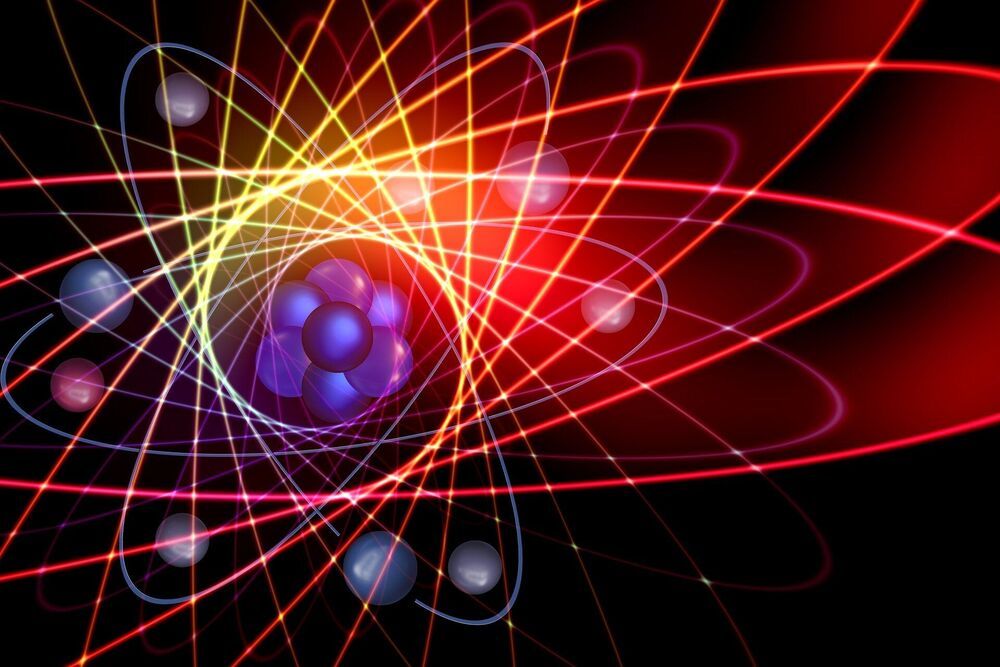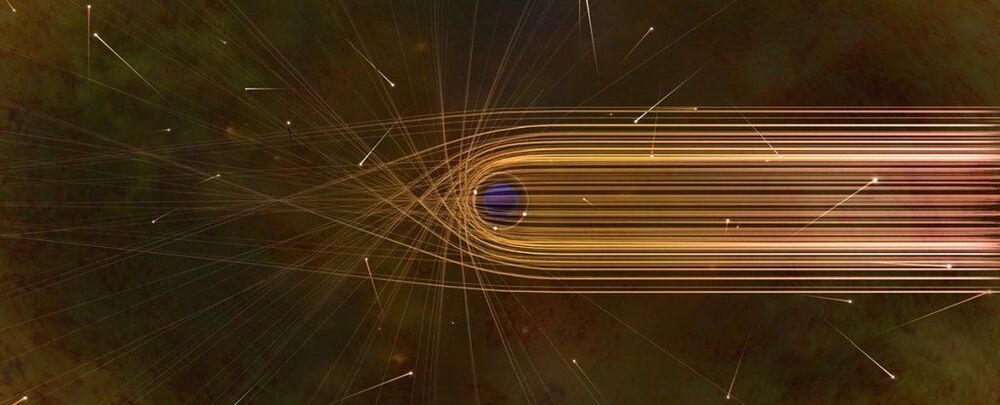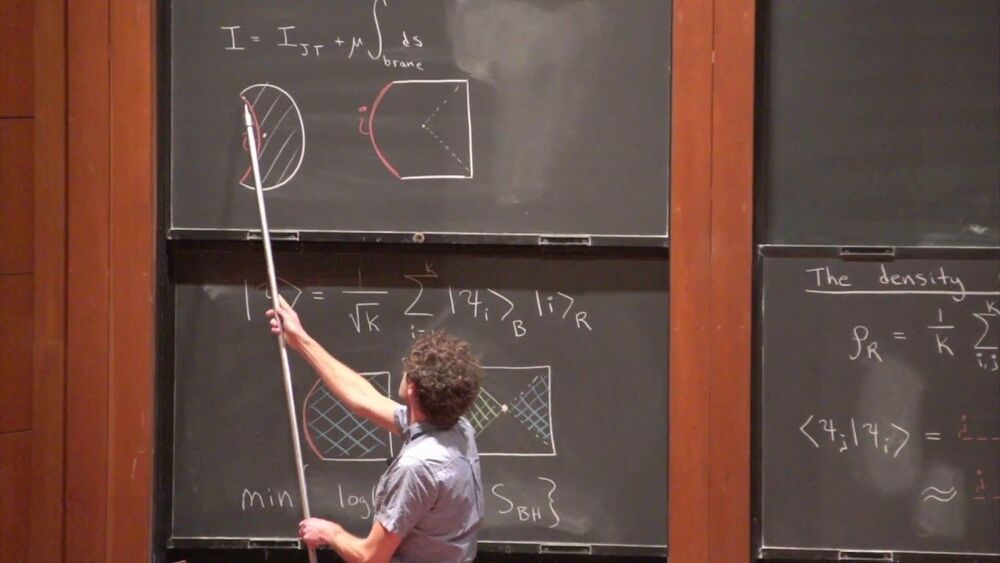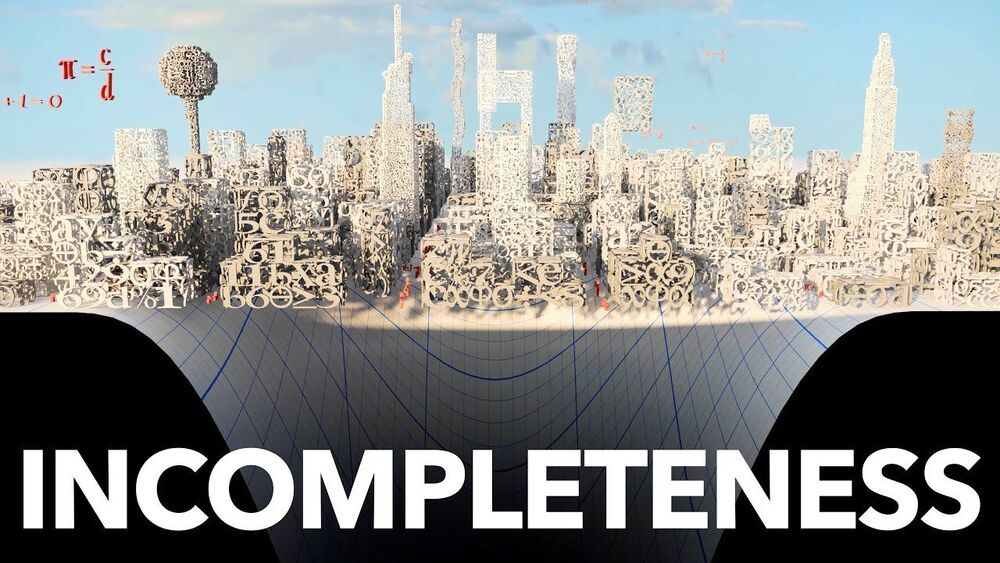
A team of researchers affiliated with multiple institutions in China, working at the University of Science and Technology of China, has achieved another milestone in the development of a usable quantum computer. The group has written a paper describing its latest efforts and have uploaded it to the arXiv preprint server.
Back in 2019, a team at Google announced that they had achieved “quantum supremacy” with their Sycamore machine—a 54 qubit processor that carried out a calculation that would have taken a traditional computer approximately 10000 years to complete. But that achievement was soon surpassed by other teams from Honeywell and a team in China. The team in China used a different technique, one that involved the use of photonic qubits—but it was also a one-trick pony. In this new effort, the new team in China, which has been led by Jian-Wei Pan, who also led the prior team at the University of Science and Technology has achieved another milestone.
The new effort was conducted with a 2D programable computer called Zuchongzhi—one equipped to run with 66 qubits. In their demonstration, the researchers used only 56 of those qubits to tackle a well-known computer problem—sampling the output distribution of random quantum circuits. The task requires a variety of computer abilities that involve mathematical analysis, matrix theory, the complexity of certain computations and probability theory—a task approximately 100 times more challenging than the one carried out by Sycamore just two years ago. Prior research has suggested the task set before the Chinese machine would take a conventional computer approximately eight years to complete. Zuchongzhi completed the task in less than an hour and a half. The achievement by the team showed that the Zuchongzhi machine is capable of tackling more than just one kind of task.

















